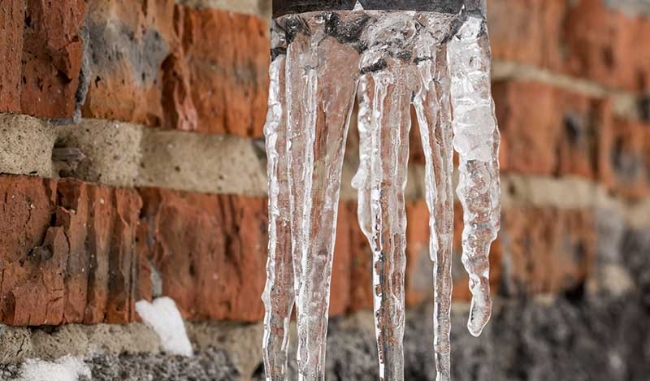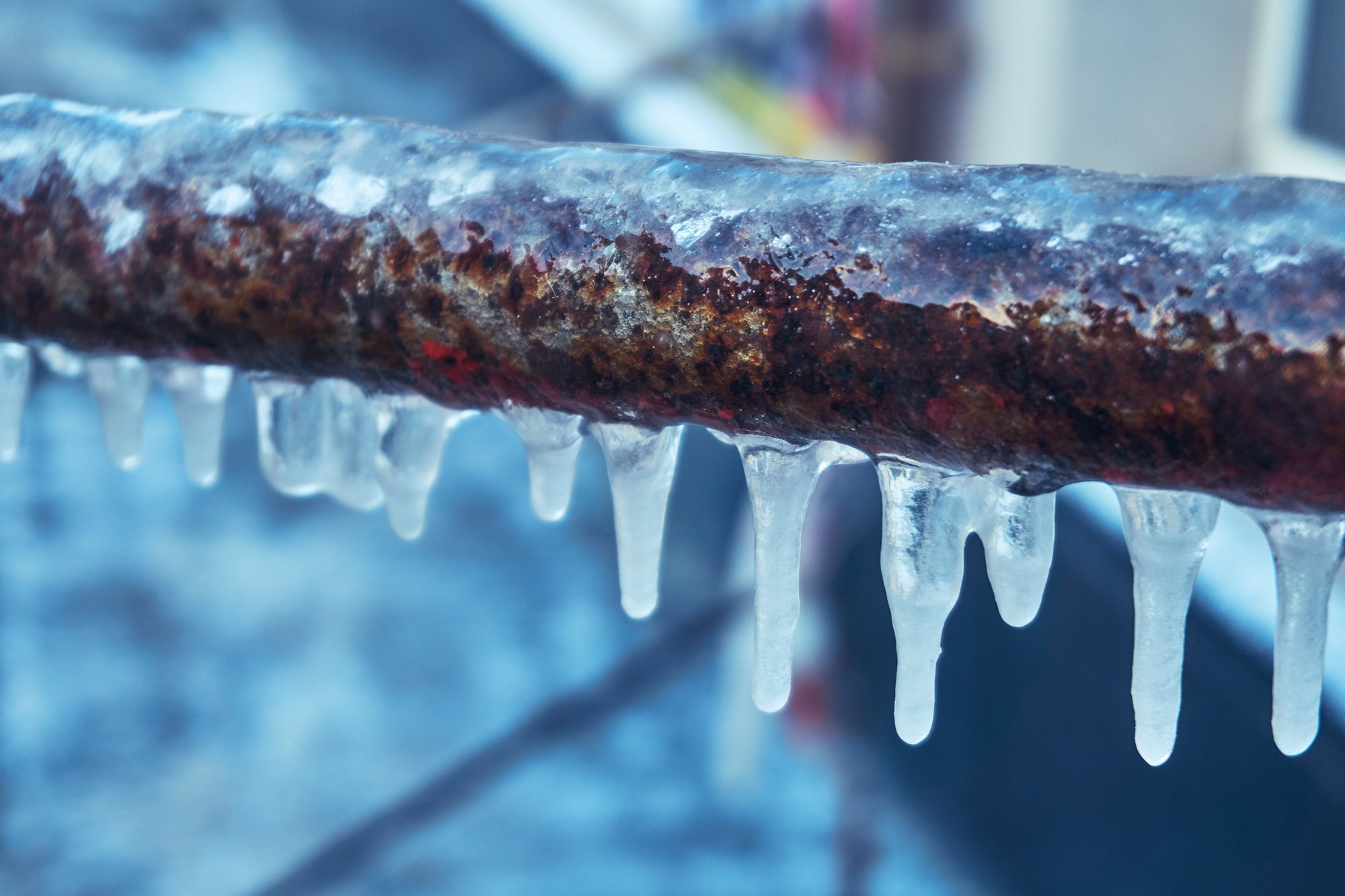Important Advice to Prevent Frozen Pipes in Cold Weather: Professional Guidance
Important Advice to Prevent Frozen Pipes in Cold Weather: Professional Guidance
Blog Article
We have encountered this post pertaining to How to prepare your home plumbing for winter weather down the page on the internet and felt it made perfect sense to write about it with you over here.

Cold weather can ruin your pipes, particularly by freezing pipes. Here's exactly how to avoid it from taking place and what to do if it does.
Introduction
As temperatures drop, the danger of icy pipelines rises, possibly bring about expensive repair work and water damage. Understanding exactly how to avoid frozen pipelines is vital for property owners in cool climates.
Prevention Tips
Protecting vulnerable pipes
Cover pipes in insulation sleeves or use heat tape to protect them from freezing temperatures. Concentrate on pipelines in unheated or outside locations of the home.
Home heating methods
Keep indoor rooms adequately heated up, specifically locations with pipes. Open closet doors to enable cozy air to circulate around pipes under sinks.
Just how to identify frozen pipes
Seek decreased water flow from faucets, uncommon smells or sounds from pipes, and noticeable frost on subjected pipelines.
Long-Term Solutions
Structural changes
Think about rerouting pipelines away from exterior wall surfaces or unheated areas. Include added insulation to attics, basements, and crawl spaces.
Updating insulation
Buy high-quality insulation for pipes, attics, and wall surfaces. Appropriate insulation aids preserve regular temperature levels and lowers the risk of icy pipes.
Securing Exterior Plumbing
Garden hose pipes and outside taps
Disconnect and drain pipes yard tubes prior to wintertime. Install frost-proof spigots or cover outside taps with protected caps.
Understanding Frozen Pipelines
What triggers pipes to freeze?
Pipelines freeze when revealed to temperature levels below 32 ° F (0 ° C) for prolonged durations. As water inside the pipelines freezes, it broadens, putting pressure on the pipe walls and potentially causing them to burst.
Risks and damages
Icy pipes can bring about supply of water disturbances, residential property damages, and pricey repairs. Ruptured pipelines can flooding homes and trigger substantial architectural damage.
Indicators of Frozen Piping
Recognizing icy pipelines early can prevent them from breaking.
What to Do If Your Pipes Freeze
Immediate actions to take
If you presume frozen pipelines, maintain faucets open up to ease stress as the ice melts. Utilize a hairdryer or towels soaked in hot water to thaw pipes gradually.
Final thought
Stopping frozen pipes calls for aggressive steps and fast reactions. By recognizing the reasons, indicators, and safety nets, property owners can secure their pipes during cold weather.
5 Ways to Prevent Frozen Pipes
Drain Outdoor Faucets and Disconnect Hoses
First, close the shut-off valve that controls the flow of water in the pipe to your outdoor faucet. Then, head outside to disconnect and drain your hose and open the outdoor faucet to allow the water to completely drain out of the line. Turn off the faucet when done. Finally, head back to the shut-off valve and drain the remaining water inside the pipe into a bucket or container. Additionally, if you have a home irrigation system, you should consider hiring an expert to clear the system of water each year.
Insulate Pipes
One of the best and most cost-effective methods for preventing frozen water pipes is to wrap your pipes with insulation. This is especially important for areas in your home that aren’t exposed to heat, such as an attic. We suggest using foam sleeves, which can typically be found at your local hardware store.
Keep Heat Running at 65
Your pipes are located inside your walls, and the temperature there is much colder than the rest of the house. To prevent your pipes from freezing, The Insurance Information Institute suggests that you keep your home heated to at least 65 degrees, even when traveling. You may want to invest in smart devices that can keep an eye on the temperature in your home while you’re away.
Leave Water Dripping
Moving water — even a small trickle — can prevent ice from forming inside your pipes. When freezing temps are imminent, start a drip of water from all faucets that serve exposed pipes. Leaving a few faucets running will also help relieve pressure inside the pipes and help prevent a rupture if the water inside freezes.
Open Cupboard Doors
Warm your kitchen and bathroom pipes by opening cupboards and vanities. You should also leave your interior doors ajar to help warm air circulate evenly throughout your home.

I am just very eager about 6 Ways to Prevent Frozen Pipes and I really hope you appreciated the new blog post. Are you aware of anybody else who is in to Preventing and dealing with frozen pipes? Feel free to promote it. Thank you so much for taking the time to read it.
Schedule Now Report this page